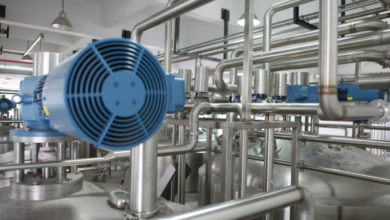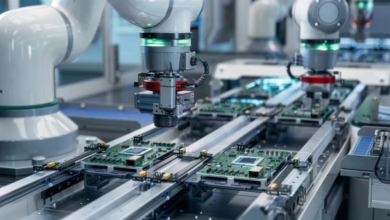AI Art Generator: Can AI Replace Human Creativity?

The rise of AI art generators has prompted a critical examination of the nature of creativity itself. These algorithms can create visually appealing works, yet they often lack the emotional resonance found in human art. This discrepancy raises fundamental questions about authenticity and the essence of artistic expression. As the boundaries between human and machine creativity blur, one must consider the implications for the future of artistic collaboration and innovation.
Understanding AI Art Generators
How do AI art generators transform the creative landscape?
By employing advanced AI algorithms, these digital tools expand the horizons of artistic expression, enabling creators to explore ideas previously constrained by traditional techniques.
While they alleviate certain creativity limitations, the interaction between human vision and machine output raises questions about authenticity.
Ultimately, AI art generators challenge conventional paradigms, inviting a reevaluation of creativity itself.
See also: AI and Deepfake Technology: The Good, The Bad, and The Ugly
The Creative Process: Human vs. Machine
While the rise of AI art generators has sparked enthusiasm among creators, it simultaneously ignites a nuanced debate about the nature of the creative process itself.
Human creativity is often characterized by emotional expression and artistic intuition, elements that machines currently struggle to replicate.
This dichotomy invites exploration into whether AI can genuinely understand and convey the depth of human experience in artistic endeavors.
The Impact of AI on the Art World
As the integration of AI art generators becomes increasingly prevalent, the art world is undergoing a significant transformation that challenges traditional paradigms.
This evolution introduces unique AI aesthetics, reshaping perceptions of creativity and originality.
However, it also raises ethical implications regarding authorship and ownership, compelling artists and audiences alike to navigate the complexities of innovation while preserving the essence of human expression in art.
The Future of Art: Collaboration or Competition?
Given the rapid advancements in AI technology, the future of art is poised at a crossroads between collaboration and competition.
Artists may embrace artistic collaboration with AI, enhancing their creative processes and expanding possibilities.
Alternatively, creative competition could emerge, challenging human artists to differentiate their work in a landscape increasingly influenced by machine-generated art.
This duality will shape the evolving narrative of artistic expression.
Conclusion
In conclusion, while some may argue that AI art generators threaten human creativity, it is essential to recognize their role as facilitators rather than replacements. By enabling artists to explore new techniques and ideas, AI can enhance the creative process, driving innovation and collaboration. This symbiotic relationship between human intuition and machine precision suggests a future where creativity flourishes, demonstrating that the essence of art—emotional depth and personal experience—remains intrinsically human, enriched by technological advancements.




